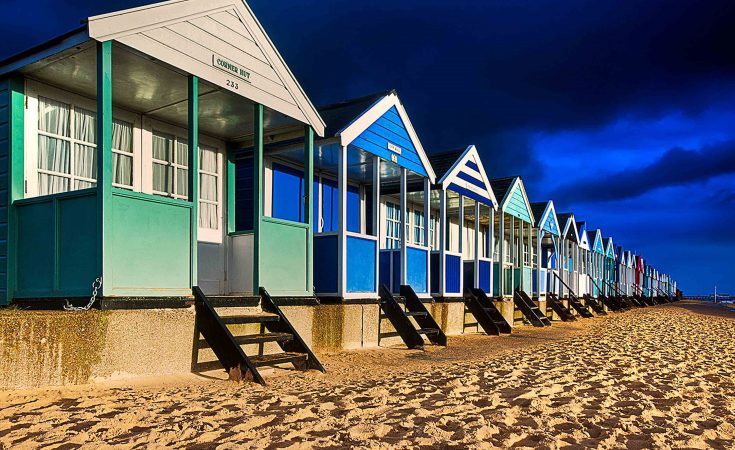Back when it was hot and balmy, I received an invitation to stay with friends in their family flat on Southwold high street. Southwold is exactly what I imagine similar seaside towns used to be, in the age of Enid Blyton. Green, pleasant and unmistakably English, you’d be forgiven for getting lost in Southwold’s magic. I personally was disappointed that the eccentric Pier Show mannequins didn’t come to life, or that a Golden Labrador didn’t jump from the sand dunes, wielding long-lost treasures.
Because Southwold is that rare thing for a seaside town: relatively unspoilt. Sure, there’s a Tesco Metro, Co-Op and (alarmingly) a Jack Wills, but most of the other shops retain their heyday charm without spilling over into tat, selling buckets and spades, postcards and vintage trinkets by the dozen. But it’s never tacky. The lighthouse, mariner’s library, old water tower, crab fishing ponds and an endless string of rainbow beach huts are all examples of where Southwold’s distinctive modesty, its very simplicity of just being there, has remained unchanged throughout the decades.
Listening to the sea from inside my friends’ beach hut (a family heirloom purchased for the princely sum of £100 and now prime real estate for investors), it could’ve been any time, any year. There’s something very chic about the shabbiness of beach huts. Opening the shutters for a new season exposes dust, dirt and sand from another age. Old towels, crockery and blankets come out to see the sun again, while I’m told on good authority that there’s nothing more romantic than diving in to a good book while the rain pounds the roof and the North Sea is storming outside.
If you’re bored of Brighton braggarts and just want to go back to English basics, I can’t think of a better place than Southwold.




